Most deer hunters believe that deer are color blind, but they really don’t know much more about the vision of the animal they pursue. Recent studies have provided new insights about deer vision and reveal information that can assist hunters.
Color Blindness
What does color blind mean in the case of a deer? Does Odocoileus virginianus see the world in shades of grey?
While deer see color differently than humans do, they do see in color. The difference in color perception can be traced to the physical makeup of a deer’s eyes. Most mammals, including humans and deer, have photoreceptors called rods and cones in their eyes. The ratio of rods to cones is what is responsible for the differences in vision between deer and humans. Rods are responsible for collecting light and are used to seeing in low-light conditions. Cones are all about fine details, including distinguishing colors. Deer eyes have more rods but fewer cones. This is the basis for a deer’s color perception, its better vision in low-light conditions and its poorer sight of details at distance. In practical terms, these physical qualities mean that a deer would also see objects having longer wavelengths, such as those in colors of oranges and reds, as grays.
“The wavelength of hunter orange is about 600 nanometers and is beyond the color vision capabilities of deer,” says Gino J. D’Angelo, assistant professor of deer ecology and management at the University of Georgia (UGA). “Hunter orange likely appears [to deer] as a muted yellowish-brown.”
Kip Adams, chief conservation officer with the National Deer Association, says this knowledge should impact what hunters choose to wear or not wear. “Some hunters believe they shouldn’t wear hunter orange because a deer will see them,” he says. “The reality is that is not true.” With this in mind, Adams says there is no reason not to wear hunter orange. He adds that hunters should avoid wearing blues and yellows, and they should not wear blue jeans.
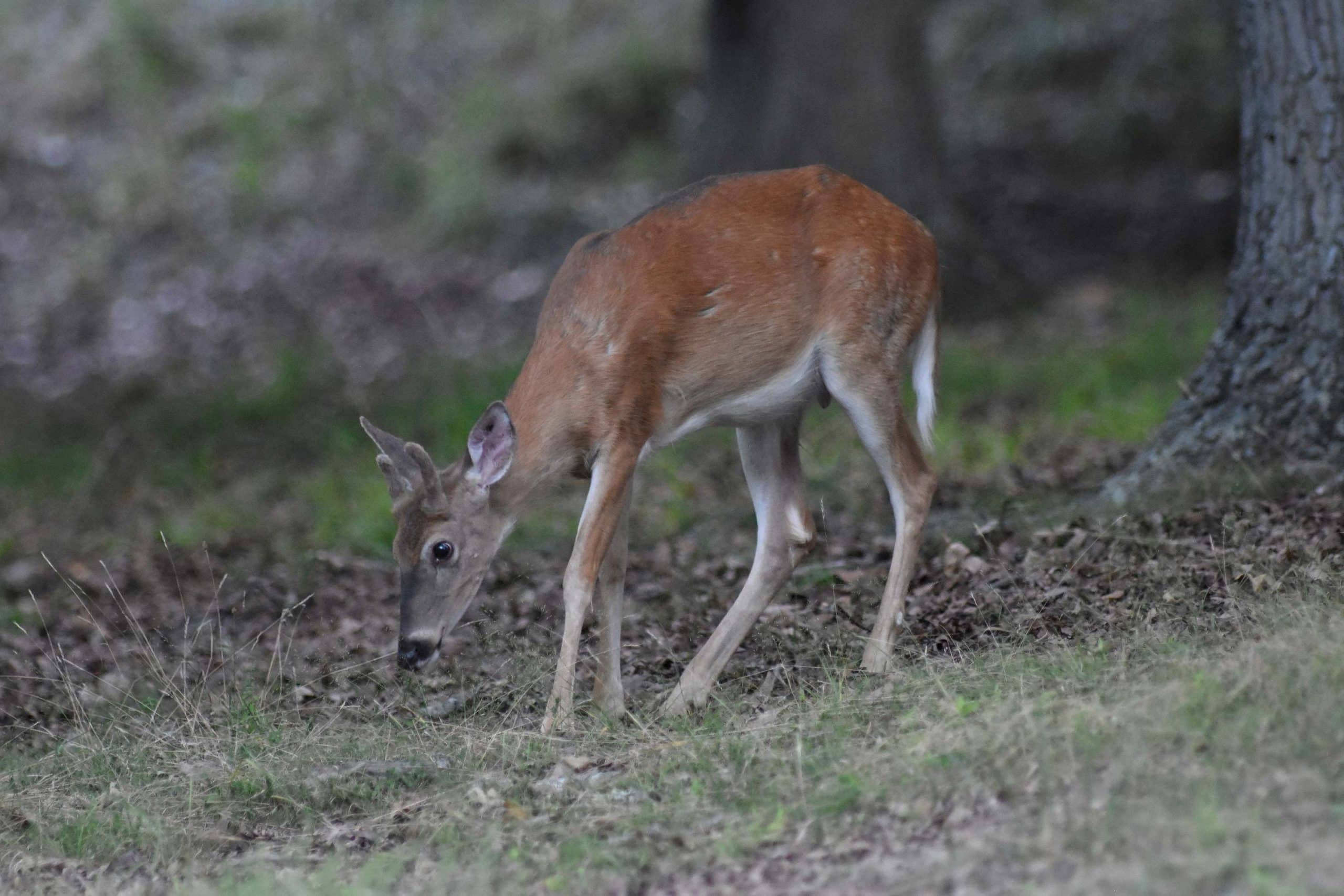
Movement
A recent study at UGA found that vision is important for deer to make decisions whether to flee when they detect movement. The study found that Whitetail deer can detect rapid changes in their visual fields during the day and night and in dawn or dusk situations. D’Angelo says this is referred to as them having a higher critical flicker-fusion frequency.
Does this mean that hunters are less likely to spook deer if they move slowly? That’s the case, according to D’Angelo. “Yes, moving slowly, avoiding being silhouetted, and moving when deer are looking completely away or when their eyes are obscured are good practices to avoid detection,” he says.
He also says deer are more likely to key in on the movement of vertical objects, such as deer flagging their tails, rather than horizontal types of movement. Hunters can use this information when moving to raise a gun when a deer appears unexpectedly. It’s better to avoid any vertical movement and to try to keep the motion as horizontally directed as possible. Adams said these factors explain how deer can detect movement. So, if hunters move, it’s more likely deer will see them. “In most cases, that’s how they’re picking out hunters,” he says.
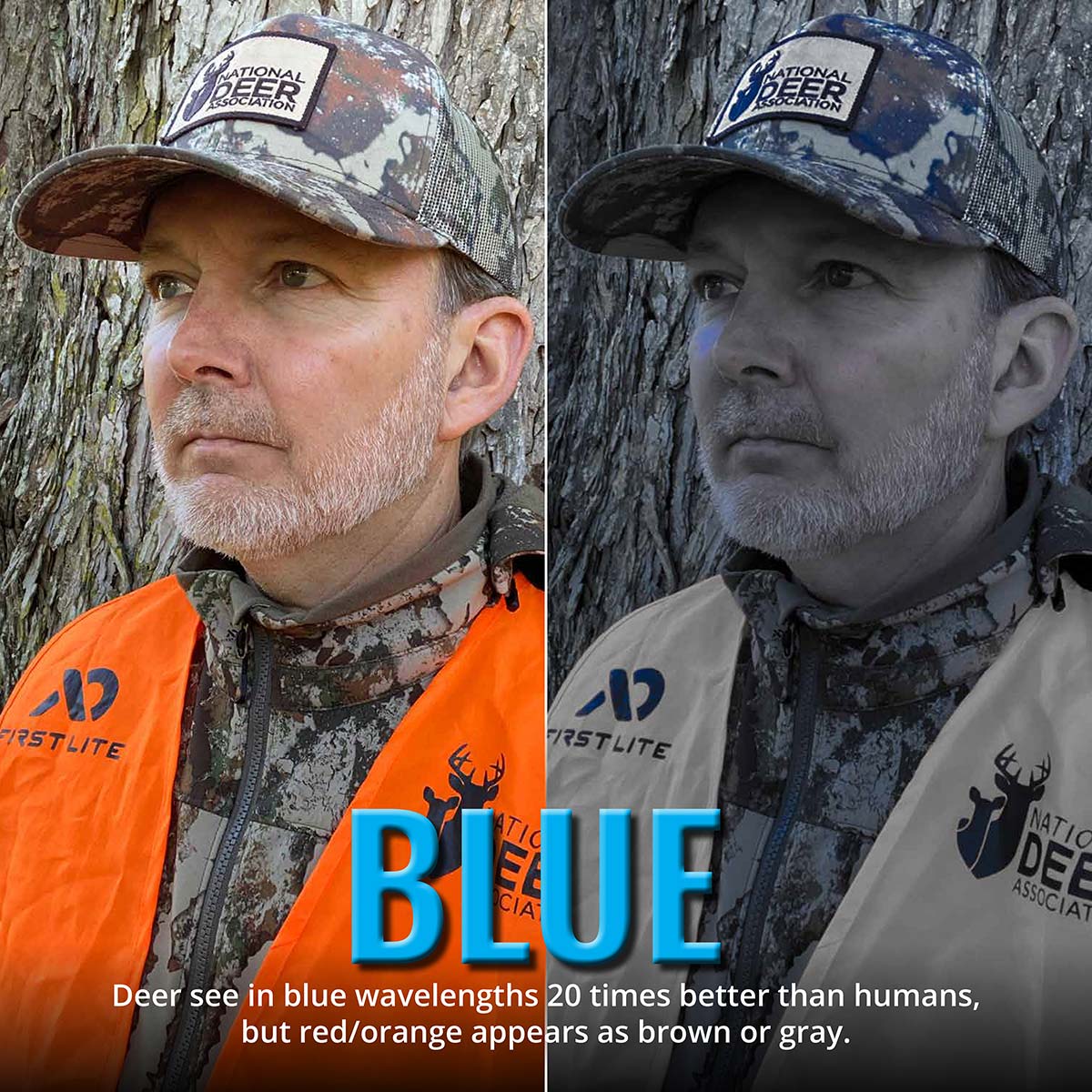
Failing Eye Test
Most deer hunters who are also turkey hunters have likely experienced moving slightly to put a gun in position, then being busted at distances of 100 yards or more. How do deer compare to that situation?
For reference, perfect vision for humans on the Snellen scale is 20/20. In Georgia, the minimum vision rating for a person to pass a driver’s test is at least 20/60. UGA research has found deer vision to rate at about 20/100 Snellen, meaning a deer would fail a Georgia driver’s eye test.
In practical terms, D’Angelo explains, for a deer to see the same level of detail a person sees at 100 feet, the deer would need to be 20 feet away. “Movement of smaller items, such as a gun barrel or fingers would not be easily recognized by a deer at any appreciable distance,” he says.
When can deer see the best? The best times for deer vision is at dawn and dusk, according to DeAngelo. That helps explain why this is the time of the most activity. However, a deer’s ability to discriminate details is better during the day, he adds.
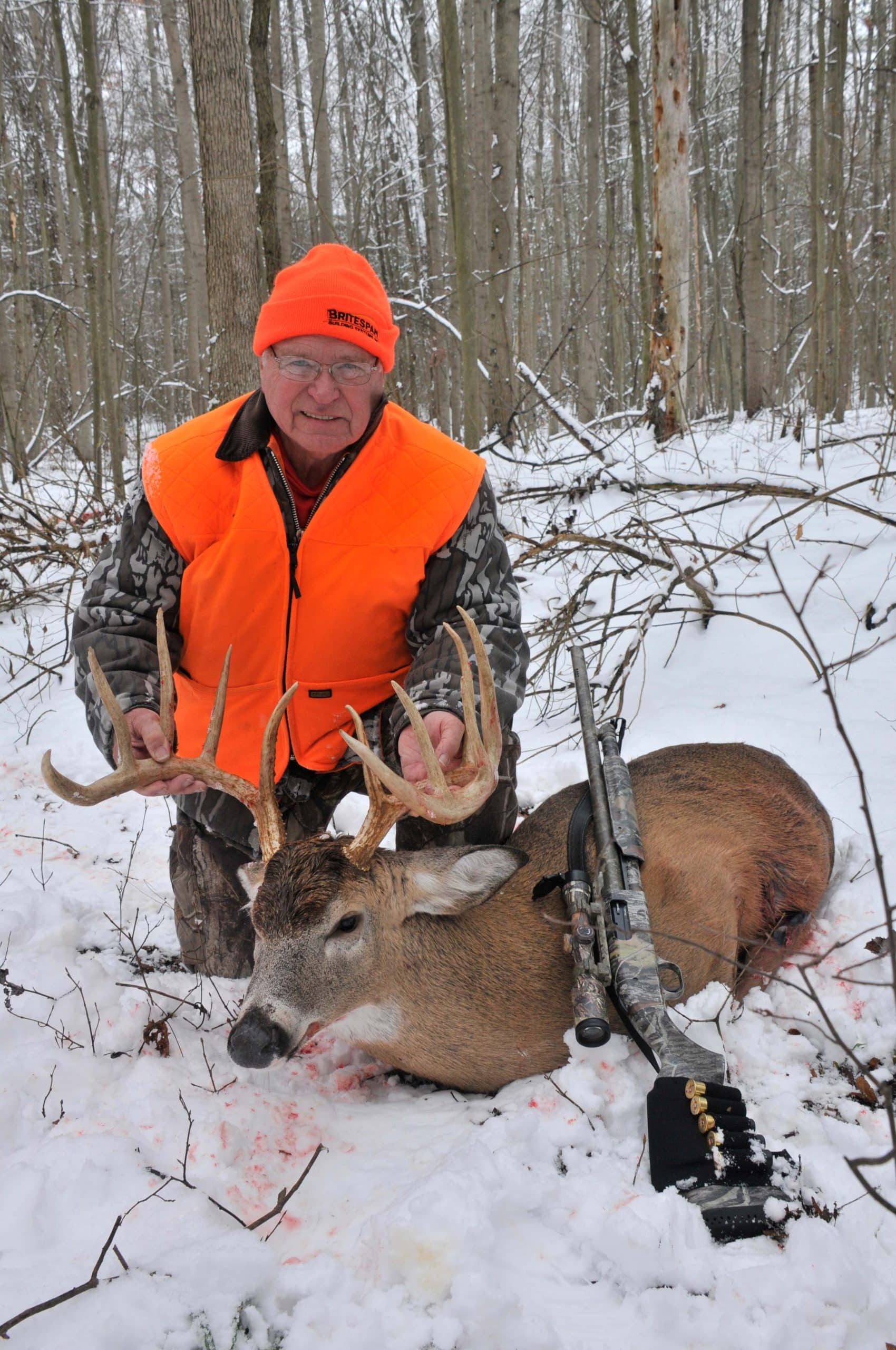
Movement Impacts
Deer have evolved to avoid predators through a combination of an acute sense of smell and vision that can detect movement better than humans can. How does that impact deer movement?
The UGA study used GPS tracking to look at how a deer’s ability to see—thus detect predators— impacted periods of peak movement. One surprising finding is that deer avoided wetlands, which are an open environment, at twilight when cloud cover increased. This pattern was believed to be due to the change in the wavelength of light at that time, which limits a deer’s ability to detect predators in those conditions.
This study also found that deer move more during the day in woodland shade conditions, a situation that provides 35 to 70% canopy cover. It also indicated that they avoided shaded forest areas with more than 85% canopy cover.
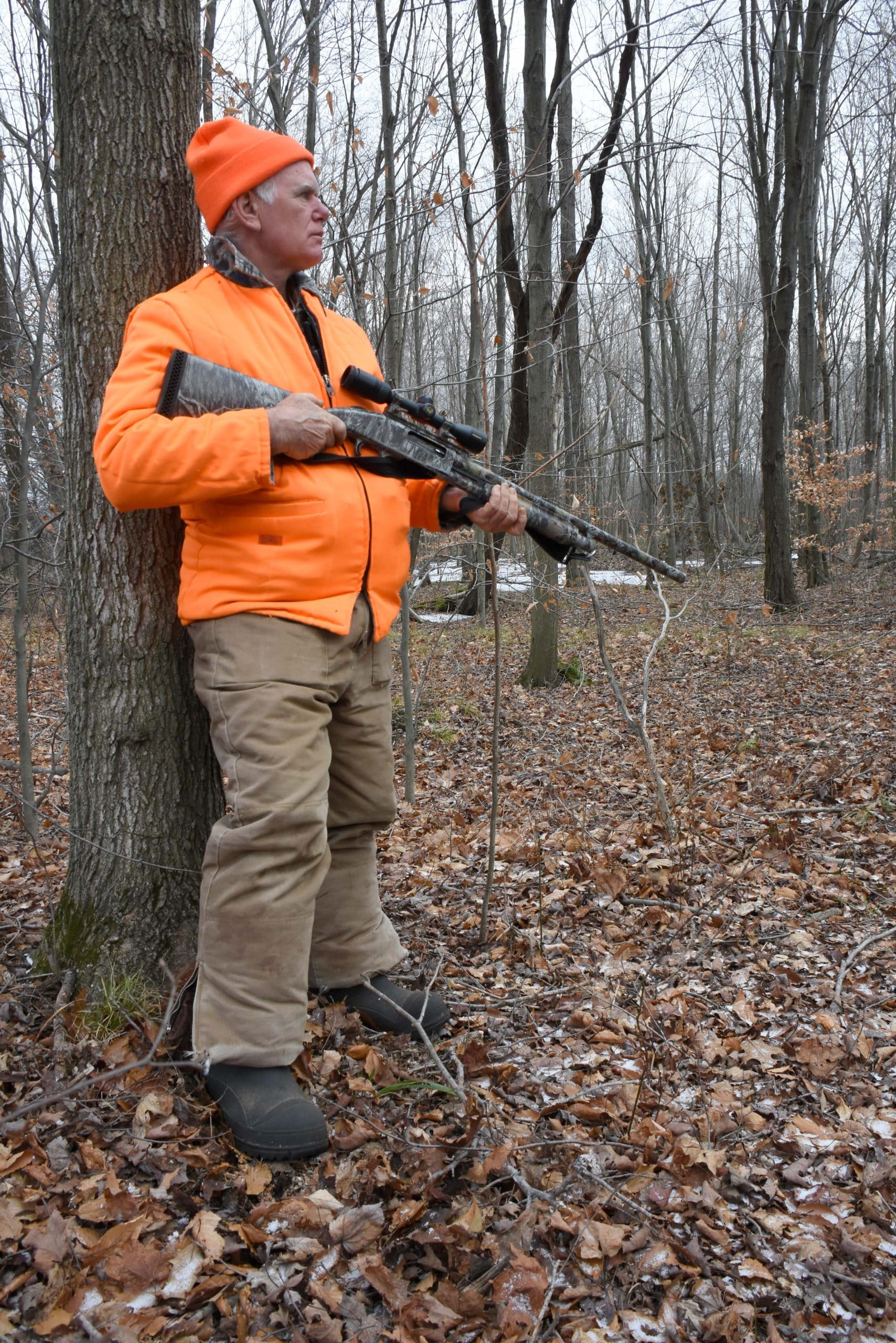
Field of View
Deer may lack fine color perception and some of the clarity of human sight, but they make up for it in many ways. In addition to the aforementioned differences, the positioning of deer’s eyes on the sides of the head gives them a wider field of view. Compared to the 180˚ degrees that humans can see, a deer’s field of view is 300 degrees. Deer also have the ability to rotate their eyes when their heads are lowered to feed. Research by the University of California at Berkley found that this ability allows deer to keep their view of the horizon at a horizontal plane even though their head is held at an angle. To achieve this, the eyeballs have to rotate independently of each other in opposite directions.
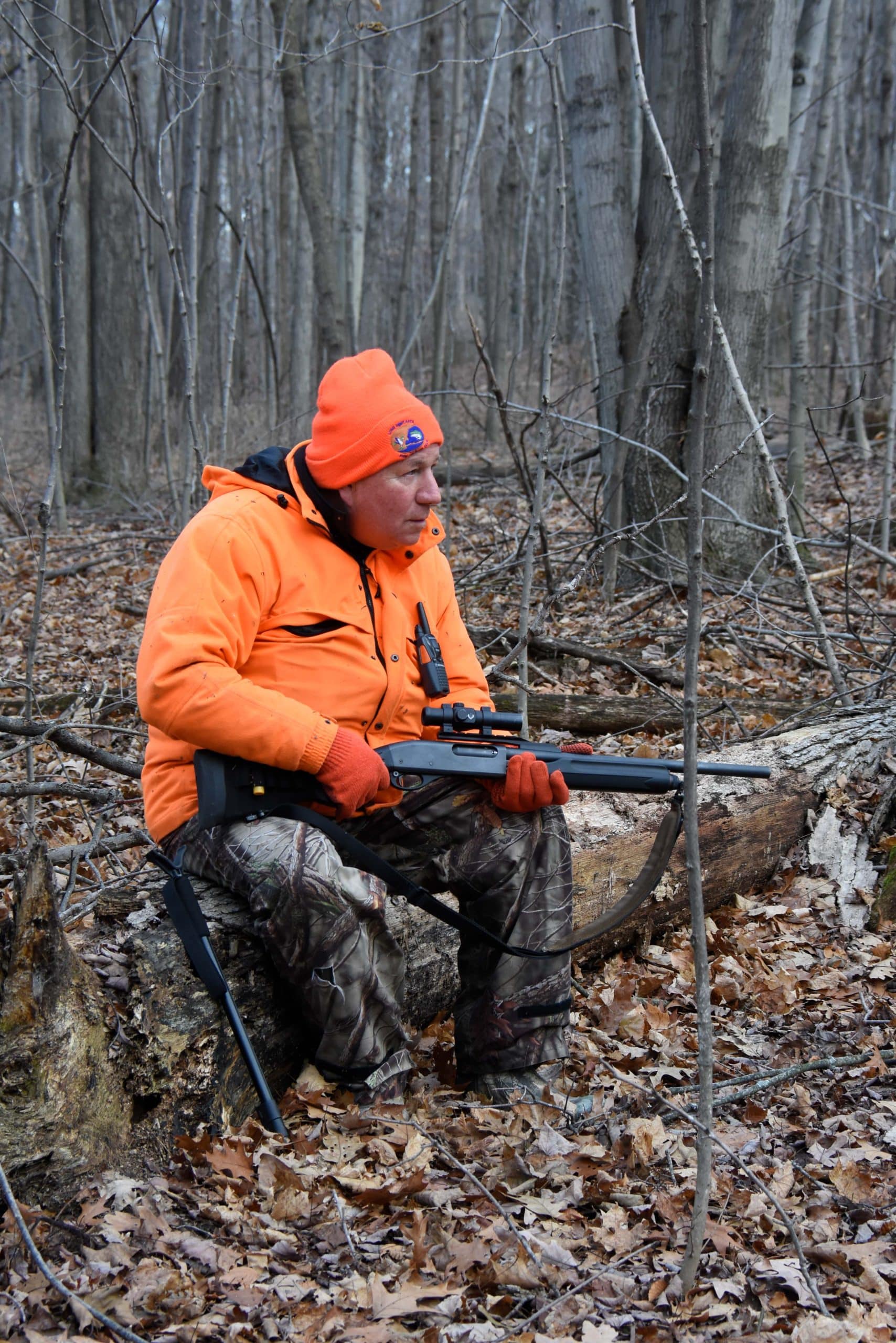
Not Bobbing for Apples
Most hunters have seen animals bobbing their heads, raising and lowering them akin to a bobbing action. When a deer is doing this, it is changing the position of its head because it sees something unfamiliar, but it isn’t sure what the object is. In response, it changes its head position to help discern the object. When that behavior is exhibited, the best thing a hunter can do is freeze. By not moving, it’s hoped that the deer will go back to its previous routine.
Armed with this new knowledge, hunters can better understand actions seen in the field to help them decide how to react.
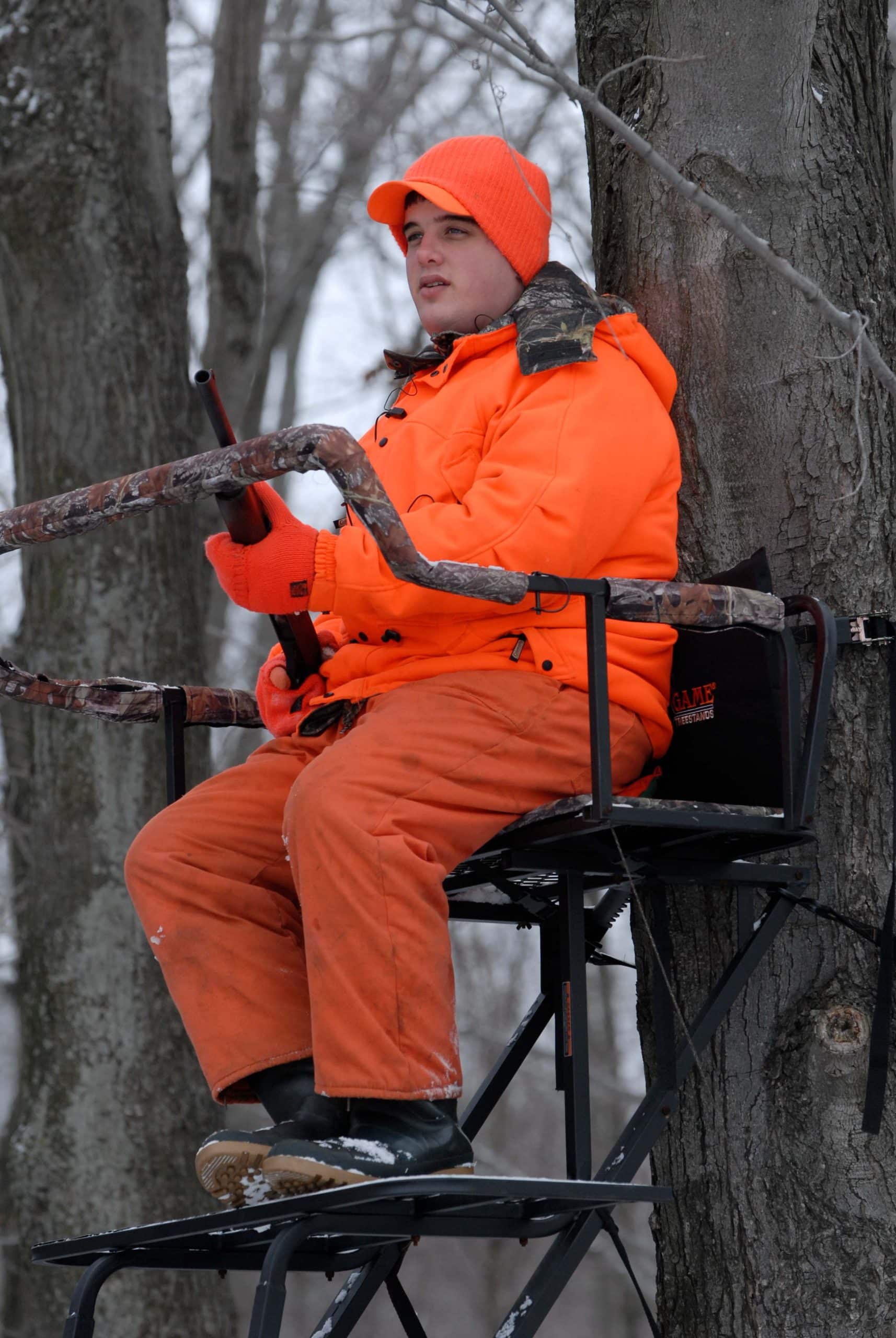
Hunter Takeaways
The latest research on deer vision has confirmed some long-standing beliefs and has provided some new information. Here are the takeaways:
- Since deer can process images faster than humans can, it’s better for hunters to move slowly if changing position.
- With deer able to see vertical movements better than horizontal ones, holding a gun horizontally is better because that doesn’t involve moving it from a vertical position to a horizontal one.
- If a deer is approaching from a distance, it’s a smart move for a hunter to raise the gun to his or her shoulder while the deer is farther away, when the deer’s distance vision is not as good.
- Hunters should not hesitate to wear hunter orange during gun seasons because deer can’t see that color well and the safety advantages are huge.
- Deer prefer to move in areas with a shade cover of 35 to 70% during the day.
- Deer are most active at dusk and dawn.
- It’s difficult for a deer to see predators in overcast conditions at dusk in wetlands, so these areas should be avoided in those conditions.
- Avoid wearing any blue-colored clothing while hunting, since that color stands out to deer.
- If a deer is walking by a hunter and he/she is confident the animal won’t scent them, it might be better to let it walk by and move when you’re in its blind spot. In other words, if you can see its entire eyeball, it can likely see you.
- Avoid being silhouetted against the sky from the area where a deer is most likely to approach, since there is nothing to mask movement.
Per our affiliate disclosure, we may earn revenue from the products available on this page. To learn more about how we test gear, click here.



